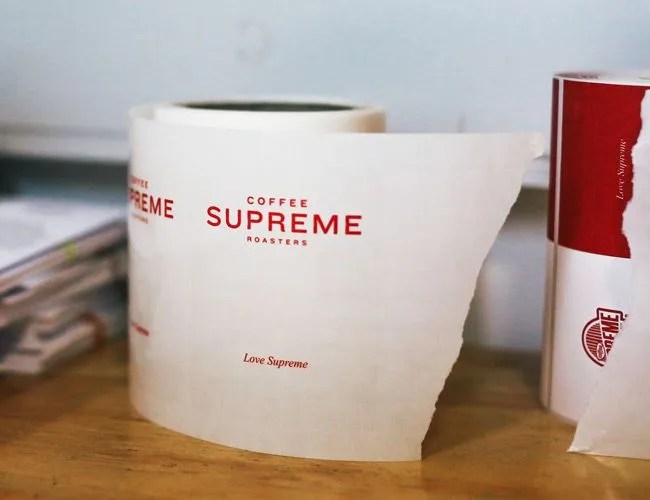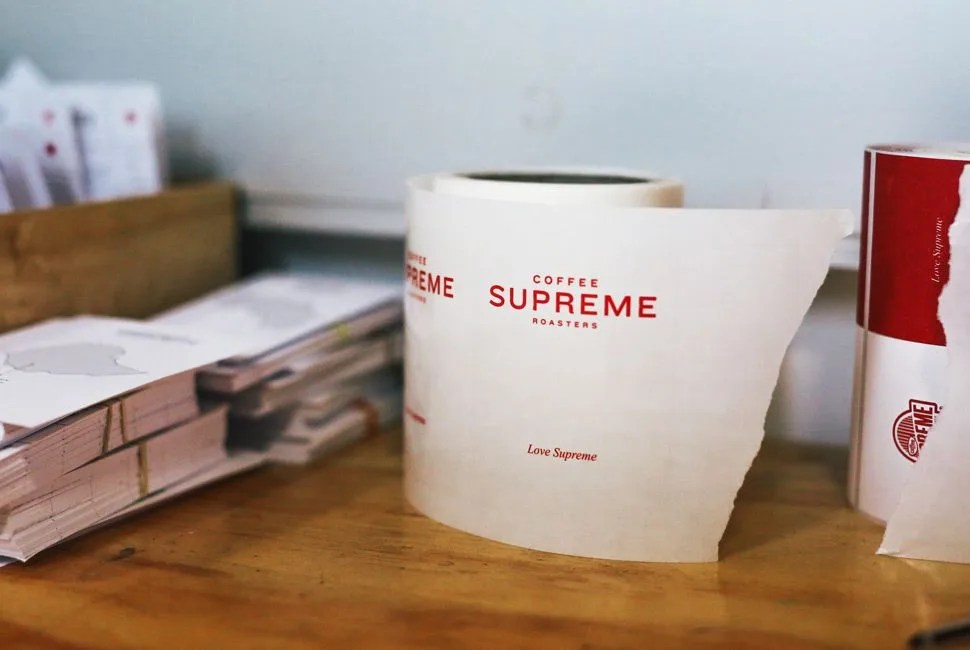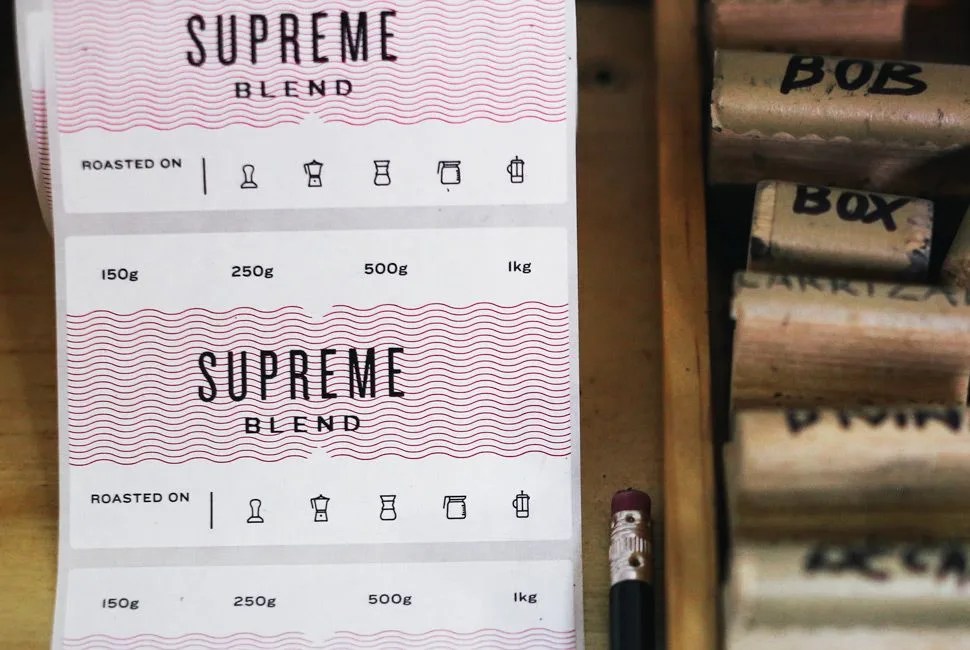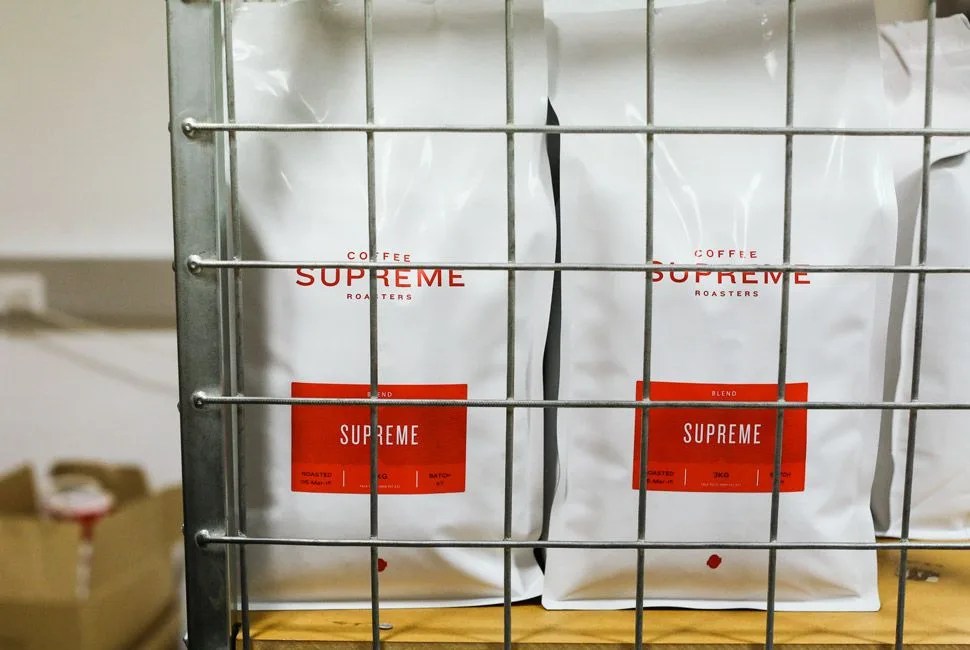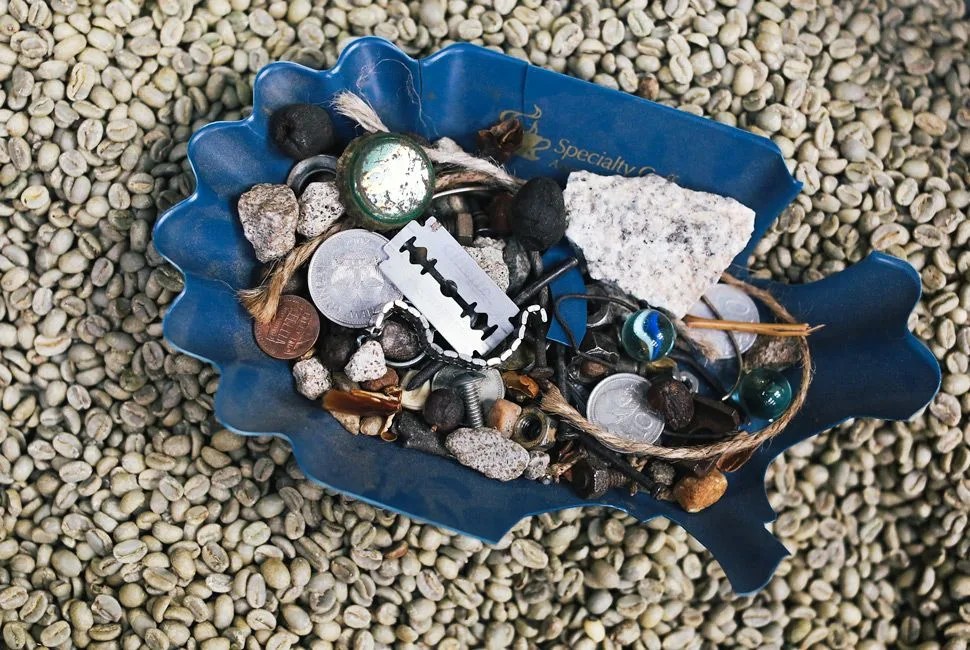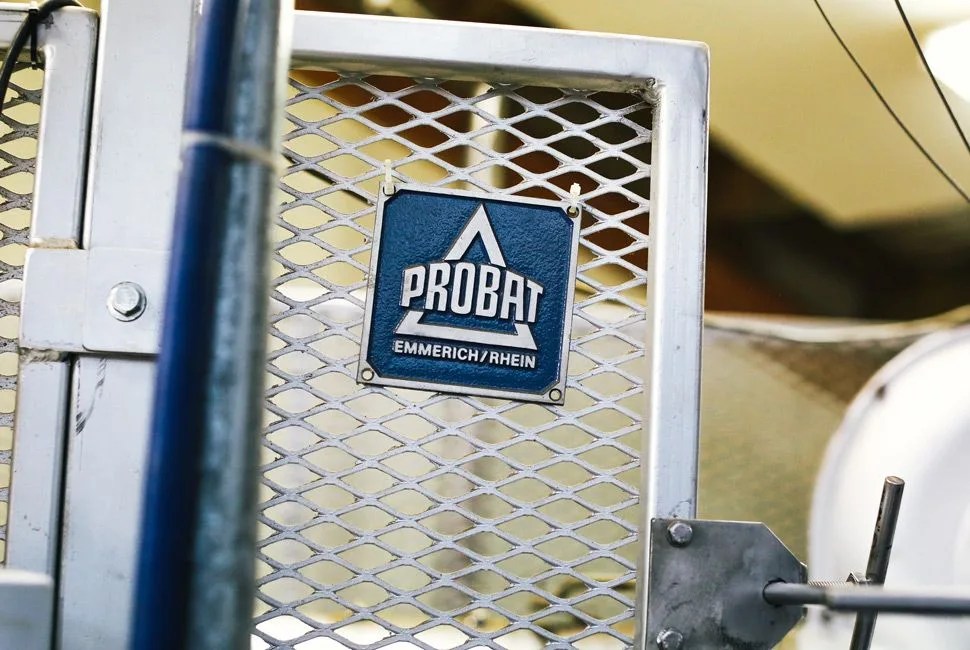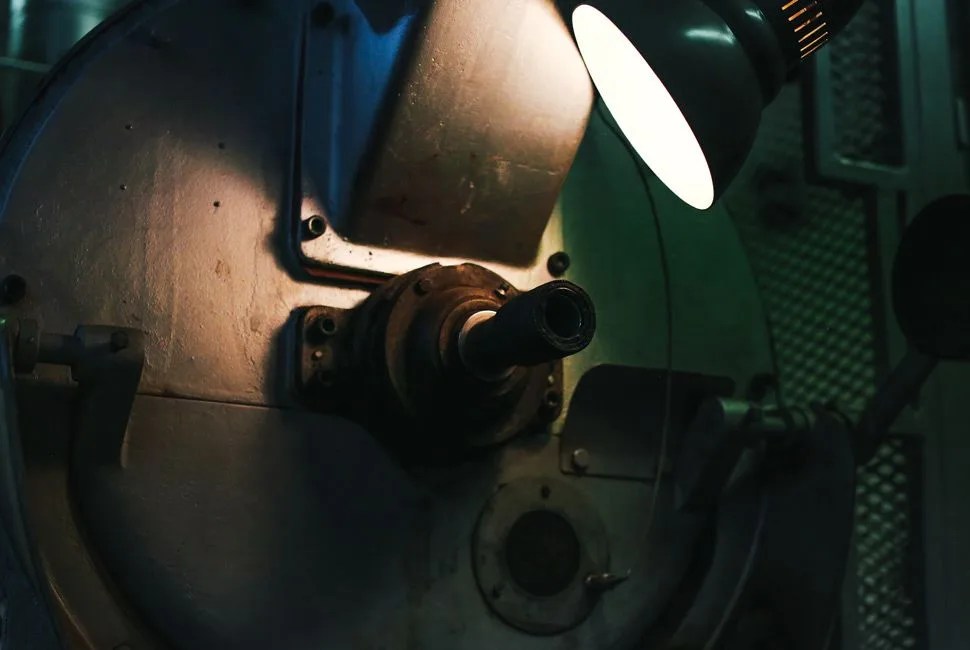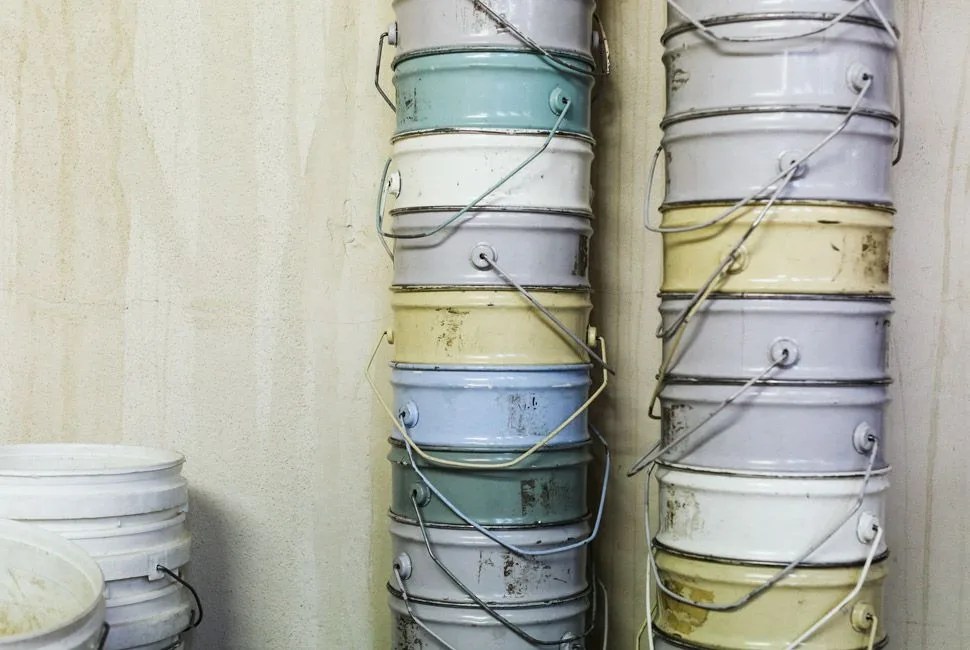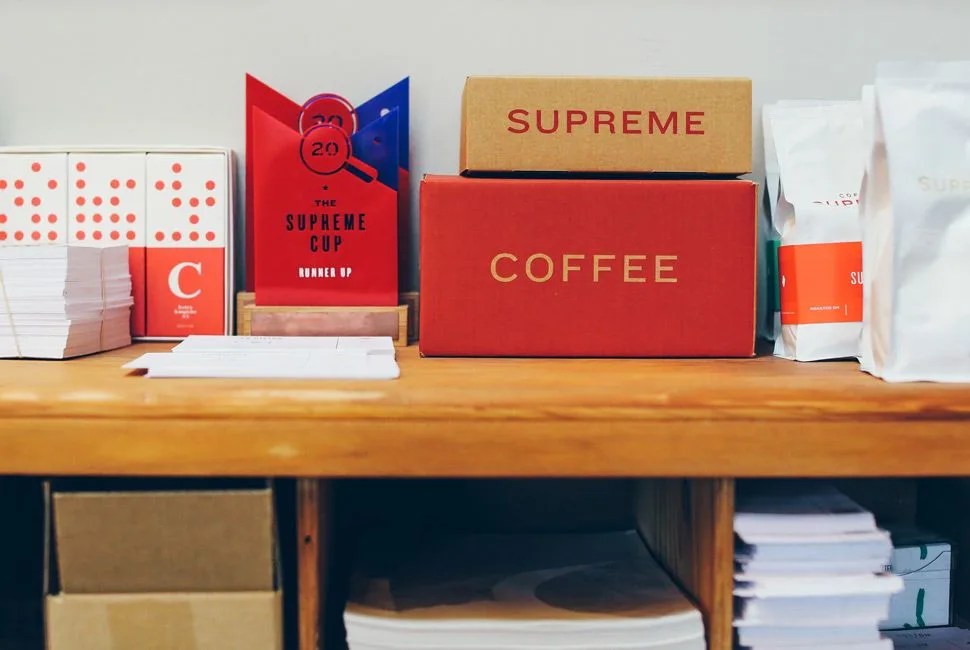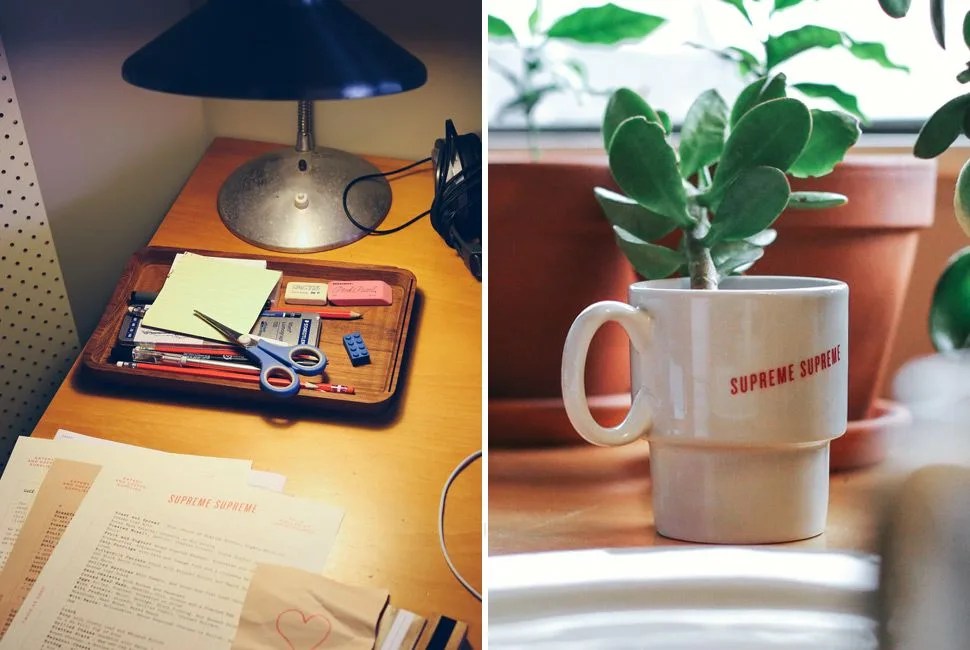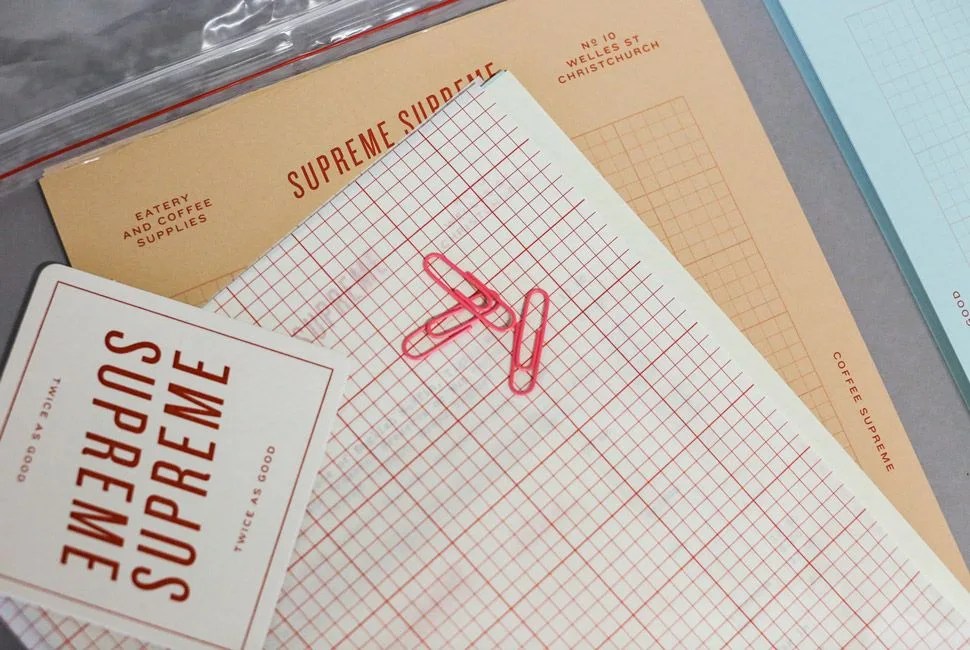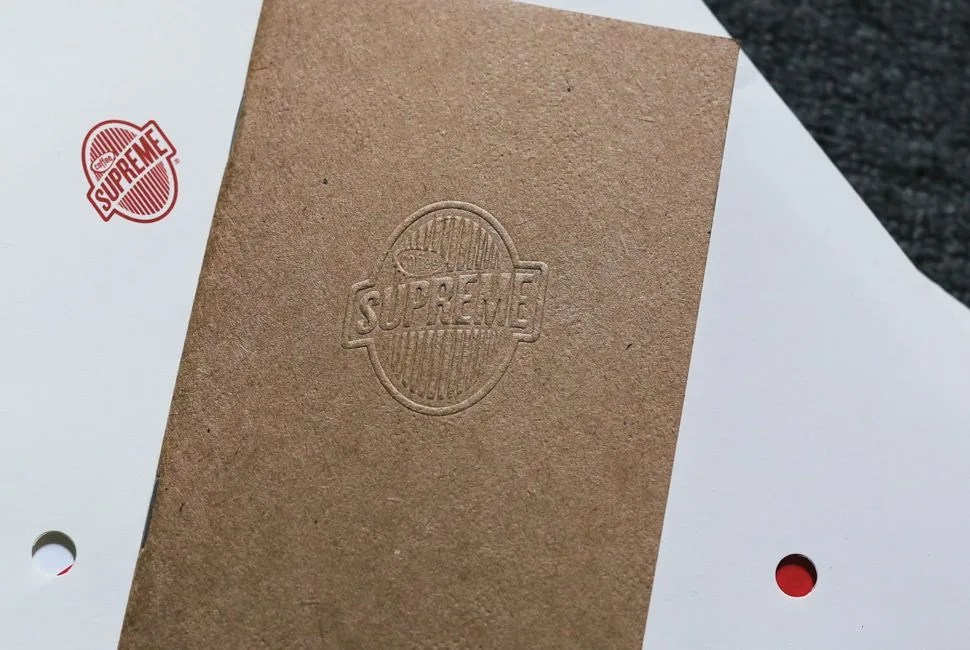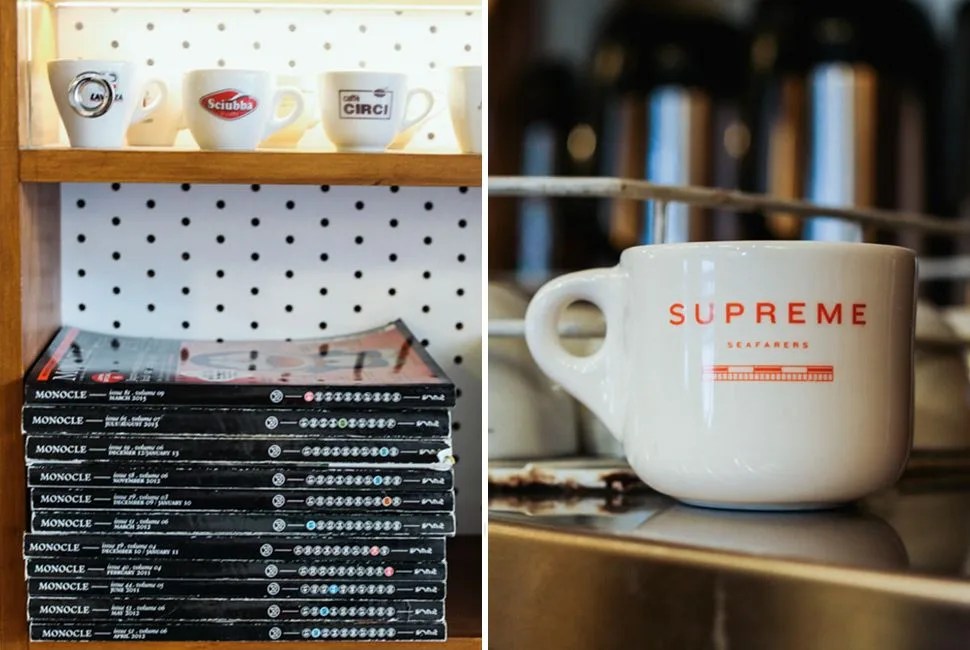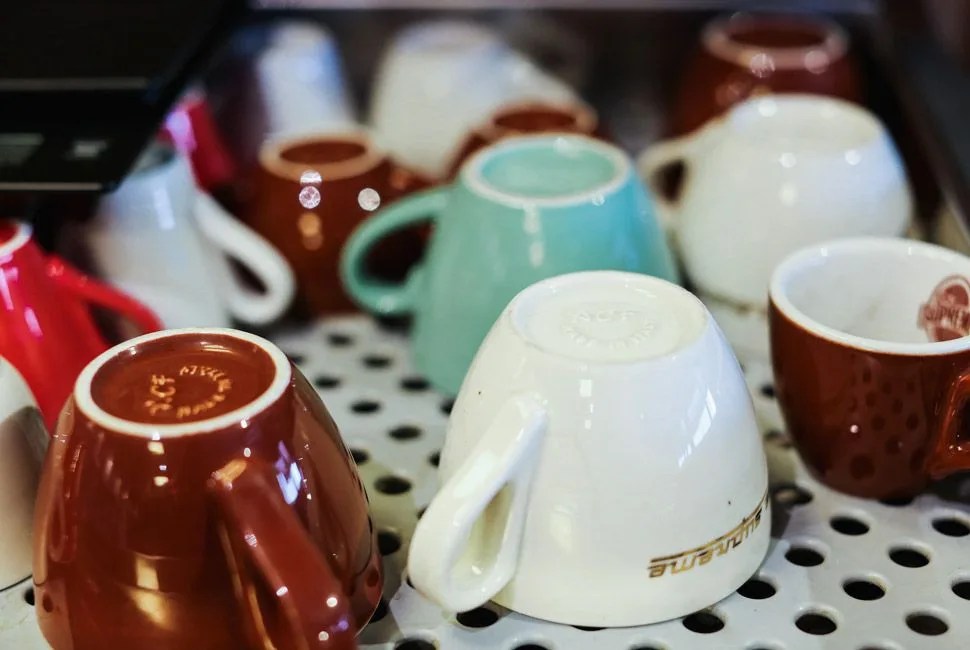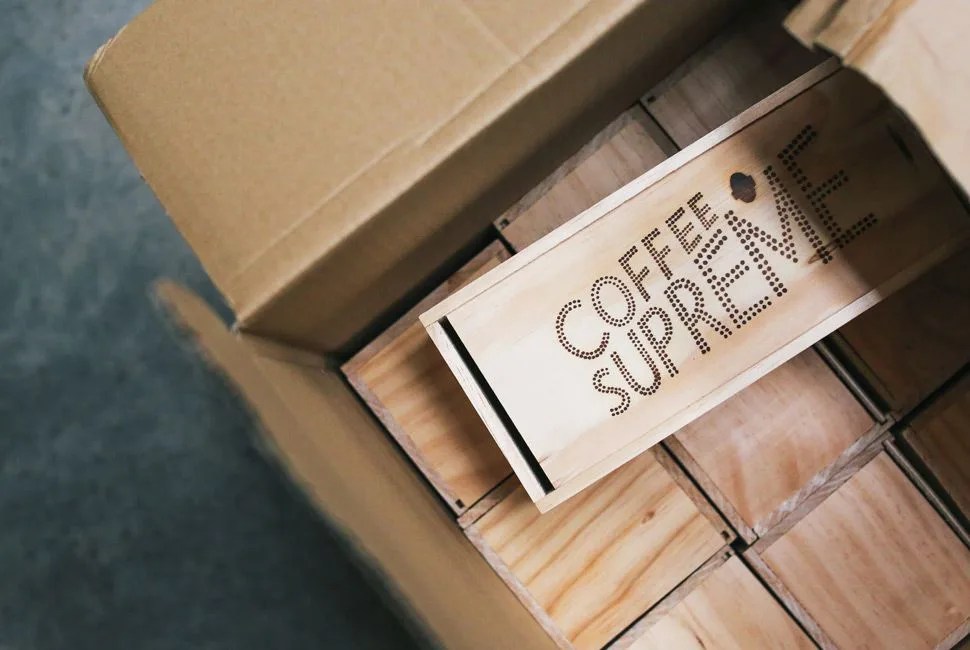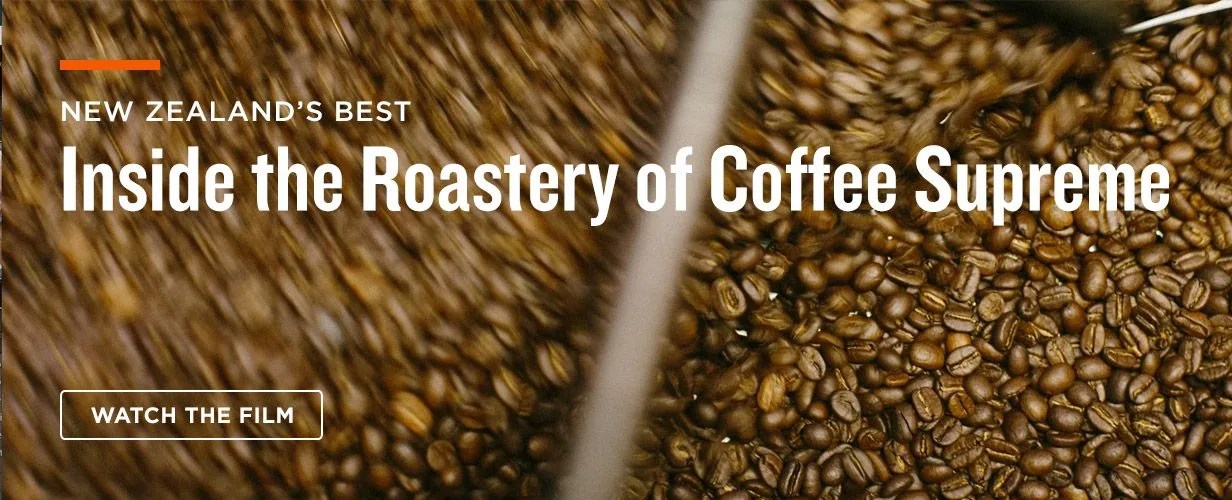15 photos
Those old enough to remember Reds Café, at 49 Willis Street in Wellington, can recall when New Zealand was still a country of tea drinkers. Call it a leftover habit from the country’s days as a British colony. The year was 1992 and Reds was one of only a handful cafés in Wellington, let alone all of New Zealand, where Kiwis could find a decent cup of coffee. The walls of the space were slanted and the light was soft, ambient and moody. It was unique to the city, and curious passersby soon became loyal patrons. Just under a year running, the owners, Chris Dillon and Maggie Wells, decided to changed both its name — now Coffee Supreme — and its entire business model. Not only were they going to sell coffee and espresso drinks. They were going to roast.
Today, the team at Coffee Supreme are considered pioneers in establishing New Zealand among the most respected coffee cultures worldwide. Their goal: “Become the greatest little coffee company in the world,” writes Al Keating in Twenty-One Stories (~$19), a collection of tales and personal narratives on the brand’s history; Keating oversees sales and marketing at Coffee Supreme.
With cafés across the country (even crossing the Tasman into Melbourne, Australia), Supreme has triumphed through quality roasted coffee, service and slick branding, establishing a strong corporate identity within the ever-competitive hospitality industry of New Zealand. In 2010, the brand’s Mid-Century-inspired Customs Brew Bar in Wellington won a Gold Award for Best Spatial Design from The Designers Institute of New Zealand, the first in a string of awards and nominations for the brand in all aspects of graphic design, packaging and presentation.
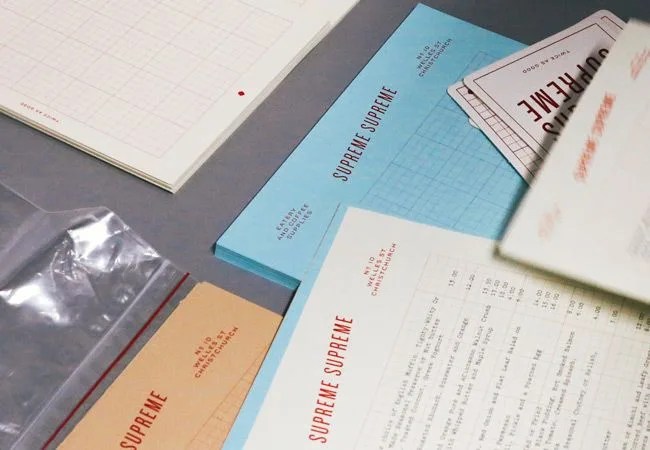
At 35 Hopper Street in Wellington (a short walk from the original Reds location), the Coffee Supreme roastery has become the new spiritual center of the company. Beans sourced from the world at large enter green and leave brown, roasted five days a week at a rate of about one tonne per day. But before that can happen, they need to be filtered of foreign objects (which can range from razor blades to third-world currency of far-reaching origins) through a destoner. A Probat G120 does most of the heavy lifting when it comes to roasting, responsible for the wholesale production of Supreme’s espresso blends. But a vintage UG22, made from scrapped German U-boat parts, is the site’s storied gem; before landing at Coffee Supreme, it once called Caffe Trieste of San Francisco home.
Behind the scenes of Supreme, the operation feels casual and cool — Hendrix on shuffle, echoing in different corners of the large and airy space. If you’re in town, stop by for a cup at the adjacent Hopper Street espresso bar, or any one of their hip and bustling café locations around the nation. At the end of day (or any time of the day, for that matter), beyond the awards and neat packaging, one thing is certain: this is a company that truly loves their coffee, and they take it very, very seriously. You’d be hard pressed to find better.
